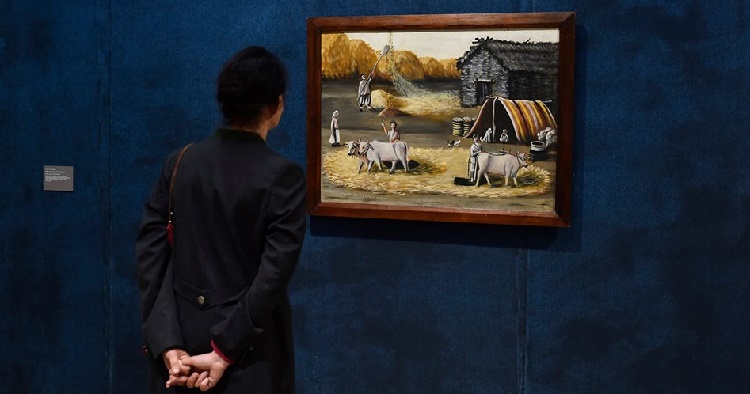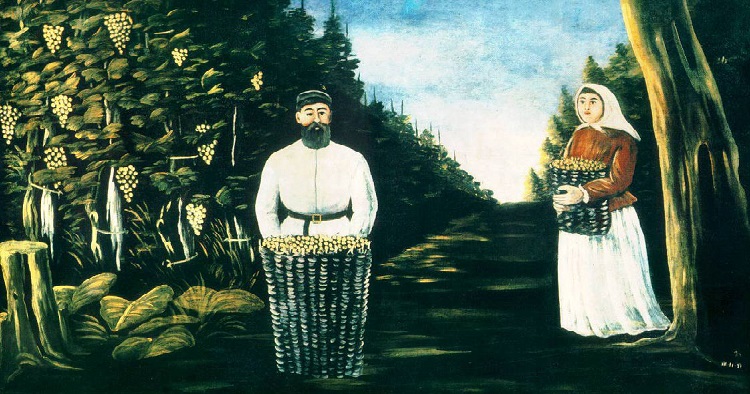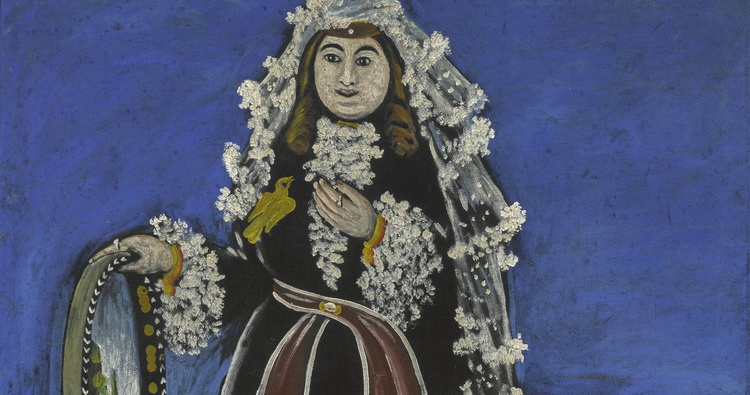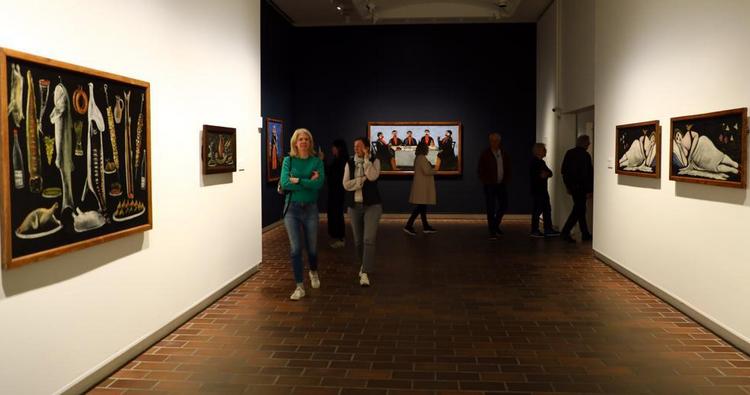Works of Georgia's Niko Pirosmani on display at Estonian exhibition
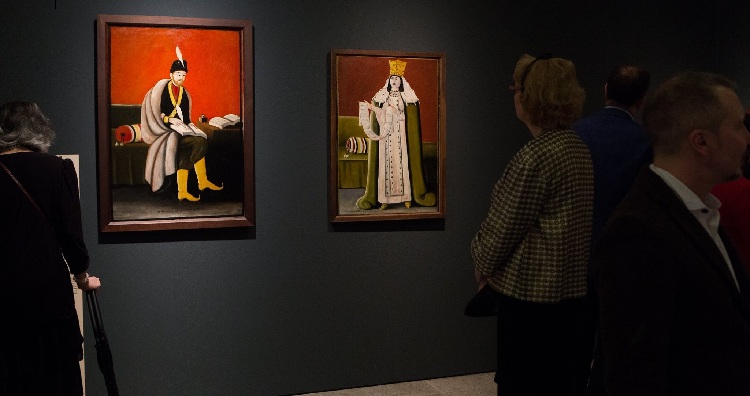
Born in the Kakheti region in the village of Mirzaani in 1862, Niko Pirosmani took an early interest in painting and became a self-educated artist. Photo: The National Agency for the Cultural Heritage Preservation of Georgia
The legacy of Georgia’s celebrated 20th century avant-garde painter Niko Pirosmani has been introduced to museum-goers in the Estonian capital of Tallinn.
The exhibition Pirosmani: The World of a Lonely Genius was opened at the Mikkeli museum on March 23, unveiling some of the unique works by the self-taught primitivist artist, who was recognised as one of the major figures of Georgian art.
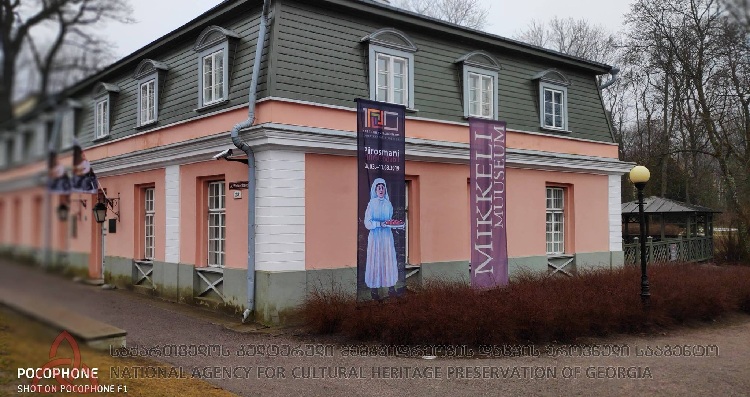
Photo: The National Agency for the Cultural Heritage Preservation of Georgia
Most of the works belong to the permanent collection of the Mirzaani Museum and have not been displayed outside the museum before. The exhibition in the Kadriorg Art Museum opens with a graphic portrait of Pirosmani created by Pablo Picasso in Paris in 1972.
The exhibition has been organized at the initiative and with the support of the Embassy of Georgia to the Republic of Estonia and arranged by the Art Museum of Estonia, the National Agency for the Cultural Heritage Preservation of Georgia and the Georgian National Museum.
The works of a self-taught artist whose work is seen as an integral part of the eastern European avant-garde will be on display for museum-goers in Tallinn until August 12.
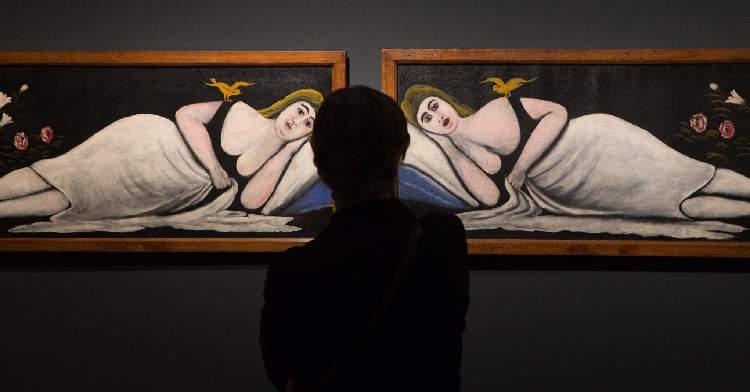
Despite having no formal art training, Pirosmani went on to be one of Georgia’s most famous painters. Photo: Georgia's Embassy to Estonia
Born in the Kakheti region in the village of Mirzaani in 1862, Niko Pirosmani took an early interest in painting and became a self-educated artist.
He later moved to Tbilisi and made a living painting shop plaques, portraits and landscapes for bar owners, however he never managed to escape poverty during his life in Georgia's capital.
Known as one of the foremost self-taught Georgian painters, Pirosmani was discovered by prominent Georgian artists Lado Gudiashvili, David Kakabadze and Kirill Zdanevich. Despite this recognition, he struggled to reach a wider audience and faced limited work opportunities.
Information on Pirosmani's life and information on his artistic legacy were mostly obtained by biographers and historians in the period after his death in 1918 when his talent began to be recognized.
 Tweet
Tweet  Share
Share

